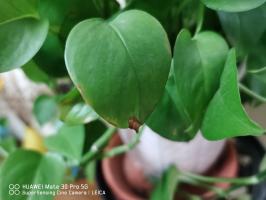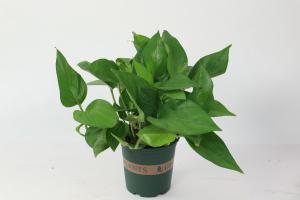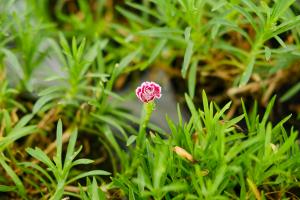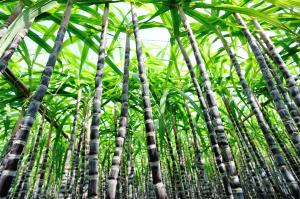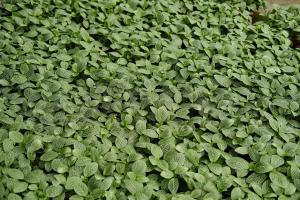How to Calculate Water Content in Plant Tissue
Water content is an important parameter to measure in plant tissues to understand the physiological behavior of plants in different environmental conditions. Water content refers to the ratio of water mass in the plant tissue to the dry weight of the same tissue. The dry weight is the weight of plant tissue after removing all the water through drying over high temperature. In this article, we will discuss how to calculate water content in plant tissue.
Materials Required
The following materials are required for the calculation of water content in plant tissue:
Weighing balance
Paper towels
Disposable aluminum dishes
Desiccator
Oven
Steps to Calculate Water Content in Plant Tissue
The following steps are involved in the calculation of water content in plant tissue:
Harvest the plant samples and separate them into different plant tissues according to the experimental design.
Record the fresh weight of the plant tissue using the weighing balance.
Place the plant tissue on a paper towel and blot off the excess water from the tissue surface using another paper towel.
Weigh the sample tissue again after blotting off the excess water to get the weight of the water present in the tissue. This is called the wet weight.
Place the wet tissue samples in the disposable aluminum dishes and note down the weight of the sample plus the aluminum dish.
Dry the samples in the oven at 70-80°C for 24 to 48 hours, until the weight of the tissue remains constant. This is called the dry weight.
After completing the drying process, place the samples in the desiccator to cool to room temperature. Take the samples out and weigh them to get the dry weight of the plant tissue.
Calculate the water content of plant tissue using the formula:
Water content (%) = (wet weight - dry weight) / dry weight x 100
Interpretation of Results
The water content in plant tissue varies according to the type of tissue, age, and environmental conditions. The water content of different plant tissues is higher in younger plants and decreases as plants mature. Similarly, water content decreases in plant tissues during drought or exposure to high temperature. A decrease in water content results in various physiological and metabolic changes in plants, affecting their growth and development.
Conclusion
The calculation of water content in plant tissue is an important measure to evaluate the physiological status of plants under different environmental conditions. This information is crucial for adapting plants to different ecosystems and improving crop productivity. The protocol discussed here is simple and can be carried out in any laboratory with the required equipment.

 how many times do yo...
how many times do yo... how many planted tre...
how many planted tre... how many pine trees ...
how many pine trees ... how many pecan trees...
how many pecan trees... how many plants comp...
how many plants comp... how many plants can ...
how many plants can ... how many plants and ...
how many plants and ... how many pepper plan...
how many pepper plan...